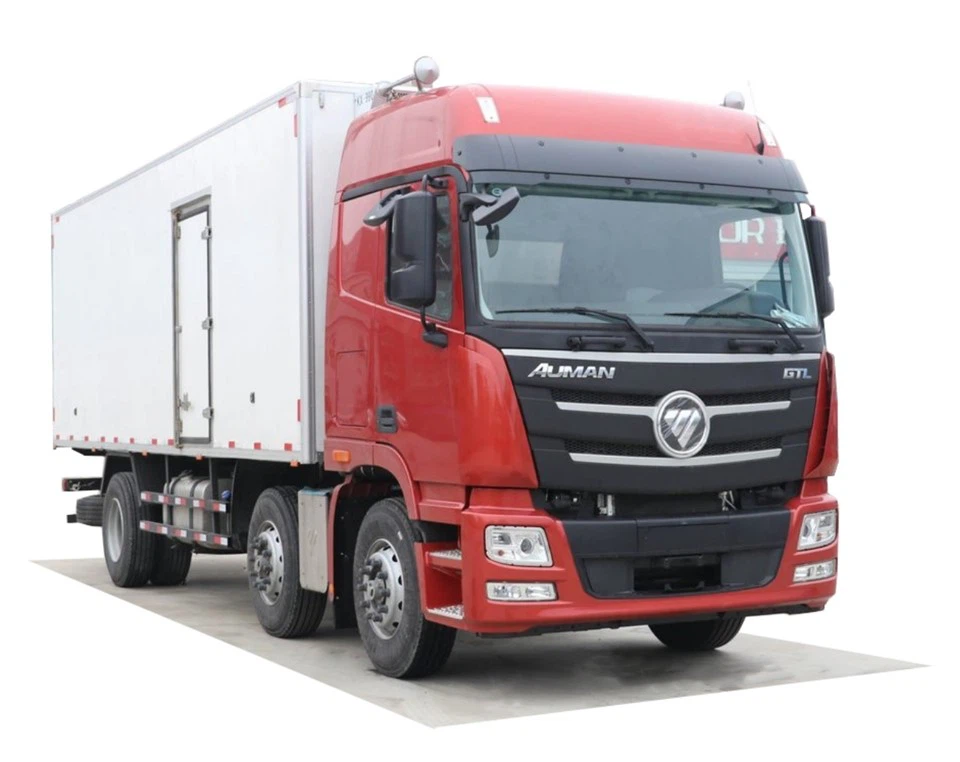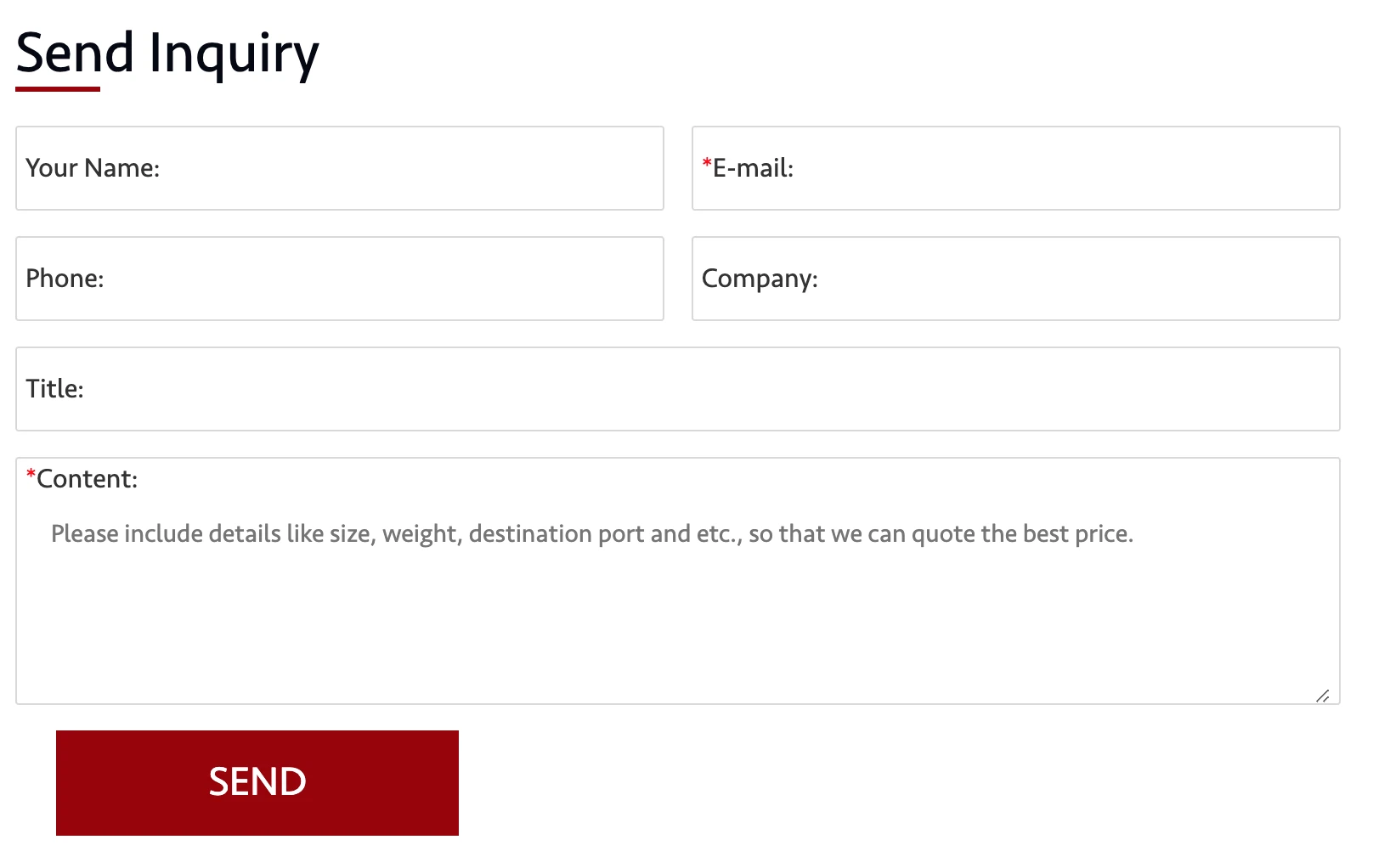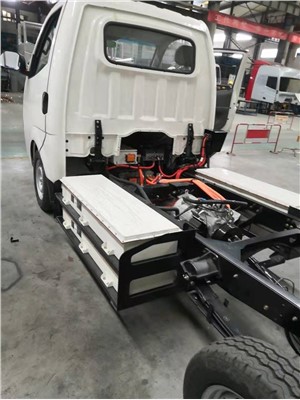What’s a VIN for a Car? A Comprehensive Guide

Introduction
The Vehicle Identification Number (VIN) is a 17-character code that serves as the unique identifier for each vehicle manufactured across the globe. This number is essential for tracking a vehicle’s history, ownership, specifications, and much more. Understanding what a VIN is and how to use it can empower car owners and prospective buyers alike. In this comprehensive article, we will delve into the intricacies of VINs, their components, and how to locate them. We will also discuss why a VIN matters, how to decode it, and its significance in various automotive situations.
What is a VIN?
A VIN is a unique alphanumeric code that every car, truck, motorcycle, and even some trailers possess. This code is used primarily for identification purposes and is typically printed on several parts of the vehicle.
History of VINs

The concept of VINs was introduced in the 1950s to help identify vehicles uniquely. However, it wasn’t until 1981 that the ISO (International Organization for Standardization) standardized the 17-character format, which is still in use today.
Importance of a VIN
VINs play a crucial role in various aspects of vehicle management, including:
- Identifying stolen vehicles
- Decoding vehicle specifications
- Tracking service history
- Meeting regulatory requirements for manufacturers and dealers
- Facilitating insurance and warranty claims
Structure of a VIN
A VIN is structured in a specific way that encapsulates essential information about the vehicle. Below is the breakdown of the 17-character format:
| Position | Character(s) | Description |
|---|---|---|
| 1 | WMI | World Manufacturer Identifier (identifies manufacturer) |
| 2-3 | VDS | Vehicle Descriptor Section (describes the vehicle) |
| 4-8 | VIS | Vehicle Identification Section (unique vehicle features) |
| 9 | Check Digit | Used to verify the VIN’s authenticity |
| 10 | Model Year | Indicates the year of manufacture |
| 11 | Assembly Plant | Identifies where the vehicle was assembled |
| 12-17 | Serial Number | Unique sequence of numbers for individual vehicle |
Decoding a VIN
Step-by-Step Guide
Here’s a simple guide on how to decode a VIN:
- Identify the WMI: Check the first three characters to find out the manufacturer and the country of origin.
- Locate the Vehicle Descriptor Section: Characters 4 to 8 provide information about the model, body type, and engine type.
- Check the Model Year: The character in position 10 indicates the vehicle’s model year.
- Find the Assembly Plant: Character 11 shows where the vehicle was manufactured.
- Examine the Serial Number: The last six characters are specific to your vehicle.
Where to Find Your VIN
The VIN can be found in several locations on your vehicle:
Common Locations
- On the dashboard near the windshield
- On the driver’s side door frame
- In the engine compartment
- On your vehicle’s registration documents
- On insurance paperwork
Using VIN Tools
There are various online tools available where you can enter your vehicle’s VIN for detailed reports. Websites like the National Highway Traffic Safety Administration (NHTSA) provide invaluable insights into a vehicle’s history such as past accidents, repairs, and recalls.

Why a VIN Matters When Buying a Used Car
When purchasing a used vehicle, knowing the VIN can significantly impact your decision-making process. Here’s why:
Check Vehicle History
Before buying, a vehicle history report can be obtained using the VIN. This will disclose critical information such as:
- Accident history
- Title status (salvage or clear)
- Odometer readings
- Service history
Stolen Vehicle Lookup
A quick search of the VIN in law enforcement databases can confirm whether the vehicle has been reported stolen. This can save you from legal troubles down the line.
Verify Manufacturer Recalls
Use the VIN to check for any outstanding recalls on the vehicle. Manufacturers may issue recalls for safety or mechanical issues, and knowing this information is crucial for your safety.
Common Myths About VINs
Myth 1: VINs are Only Necessary for New Cars

This is false. VINs are crucial for vehicles of all ages as they help track the history, recalls, and specifications.
Myth 2: All VINs are the Same for Similar Models
Every vehicle, even those of the same make and model, has a unique VIN. This distinctiveness allows for accurate identification.
Using VINs for Insurance Purposes
Insurance companies often require the VIN when you purchase a policy or file a claim. The VIN can help insurers verify details about the vehicle which can influence your premium rates.
How Insurance Companies Use VINs
- To verify the vehicle’s specifications
- To determine its market value
- To check for previous claims made against that specific VIN
FAQs about VINs
1. What if my VIN doesn’t match the documentation?
If your VIN does not match the registration or title documents, you may need to contact your local Department of Motor Vehicles (DMV) to sort out any discrepancies.
2. Can I change my VIN?
No, changing a VIN is illegal. The VIN must remain consistent for legal and safety reasons.
3. How do I find out the year of my vehicle using VIN?
You can find the year of your vehicle by looking at the 10th character in the VIN, which corresponds to a specific year.
4. What should I do if I can’t find my VIN?
If you cannot locate the VIN on the vehicle itself, check your vehicle registration or insurance documents. If you still can’t find it, consult your manufacturer or dealership.
5. Are there different formats for VINs in other countries?
While most countries follow the 17-character standard, some older vehicles and vehicles from certain regions may have different formats, often containing fewer characters.
6. How often are VINs reused?
VINs are not reused until a vehicle has been permanently destroyed and the VIN is retired by the manufacturer. This prevents ID fraud and confusion in vehicle records.
